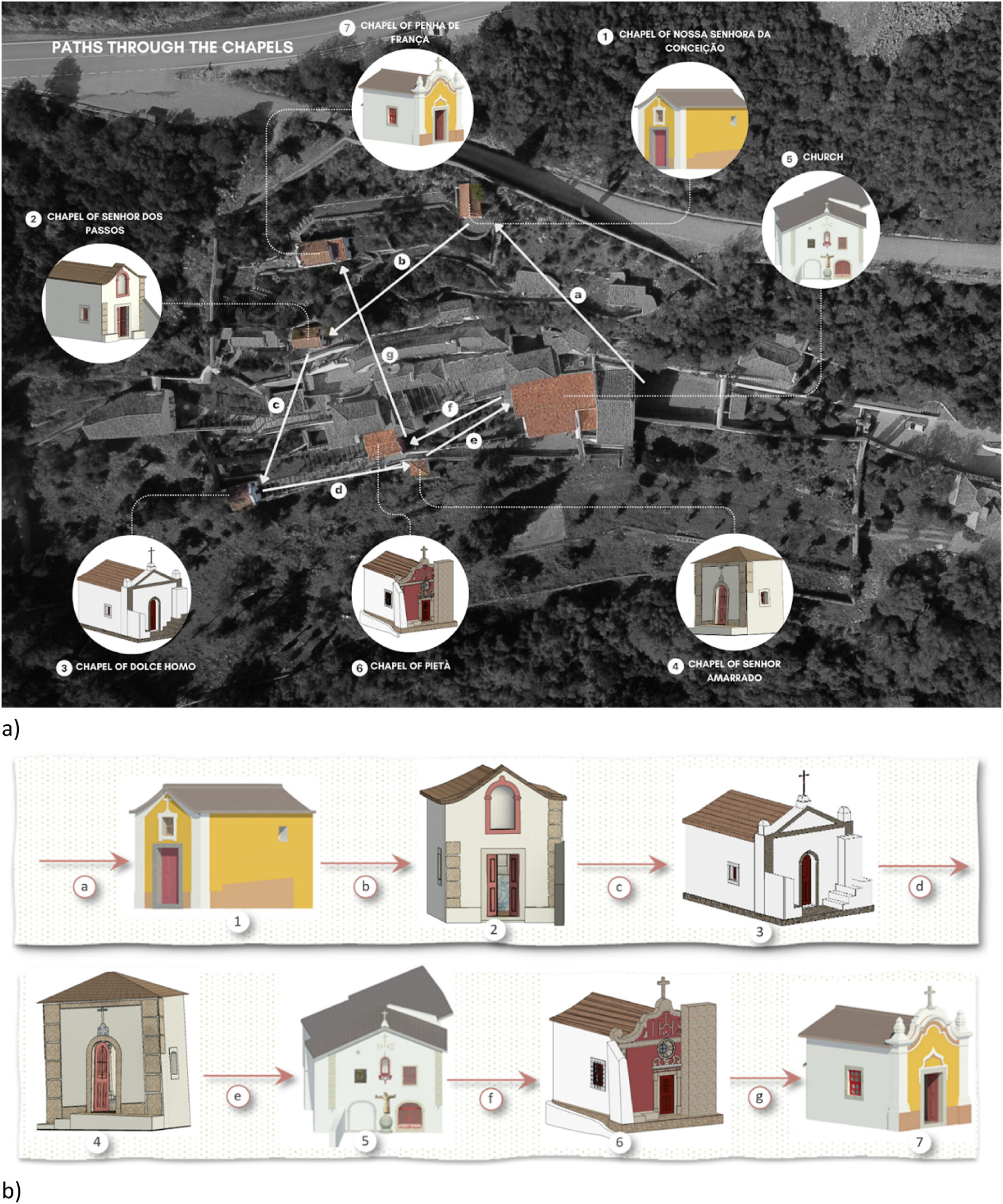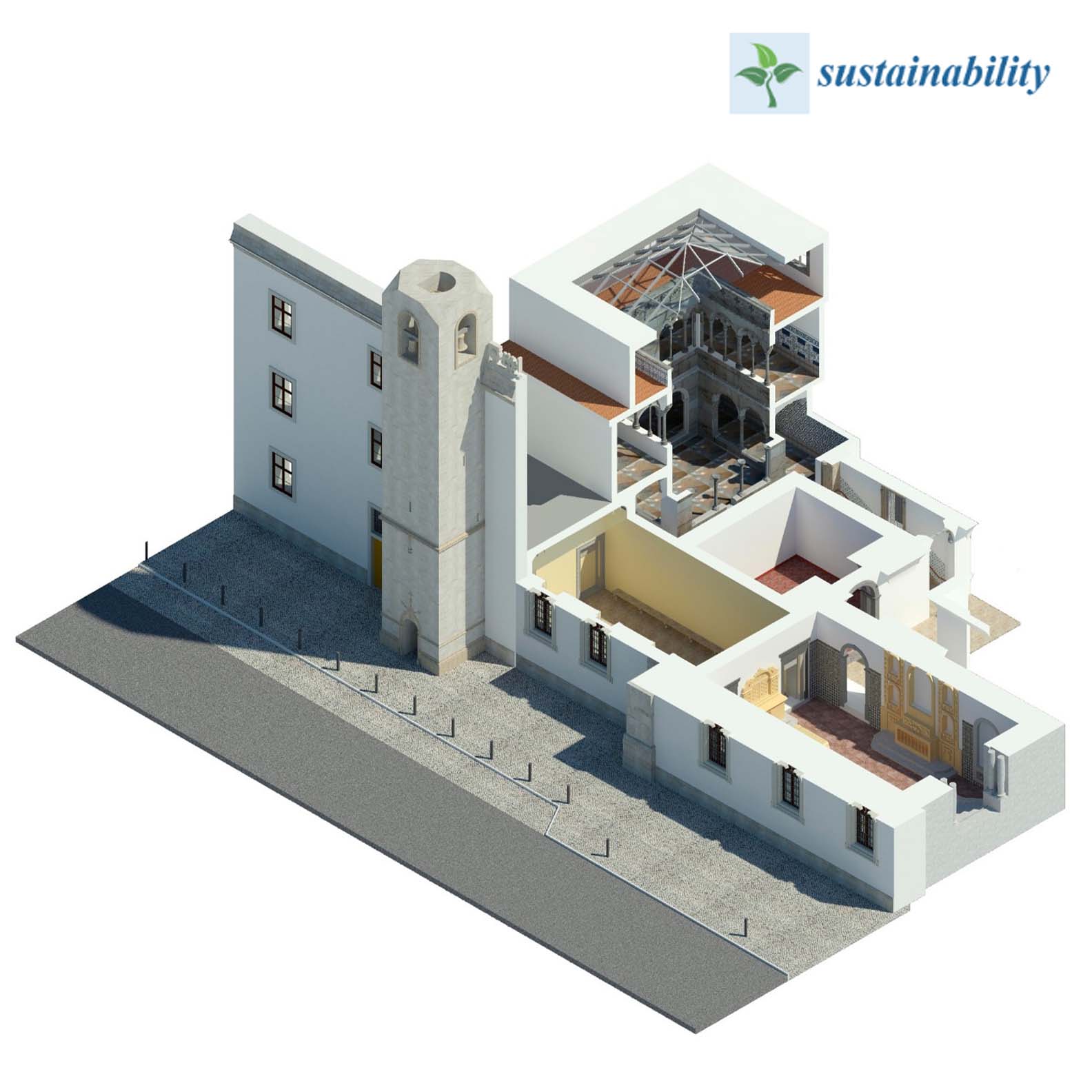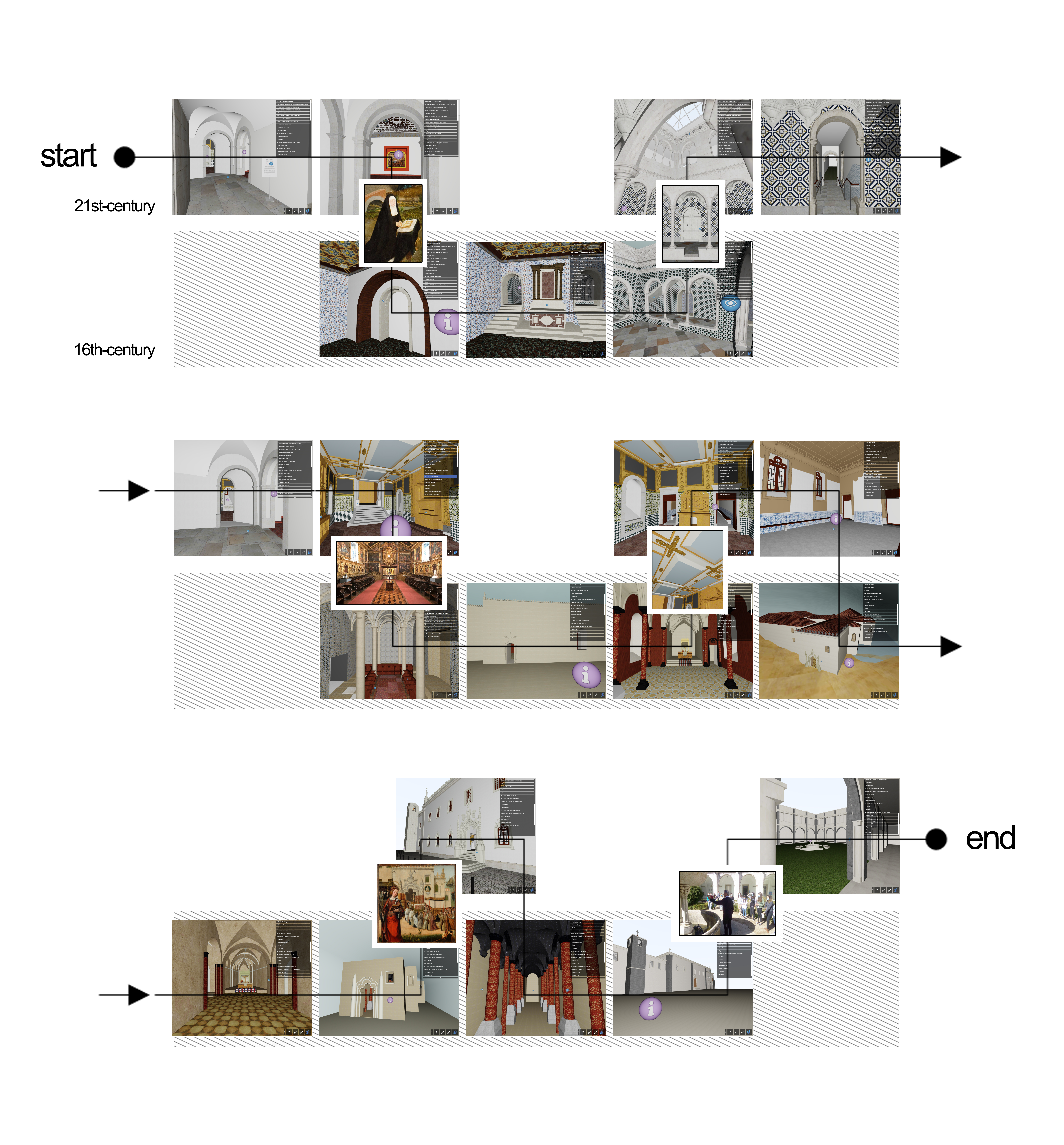
Finding the Lost 16th-Century Monastery of Madre de Deus: A Pedagogical Approach to Virtual Reconstruction Research
Jesse Rafeiro 1, Ana Tomé 2
1 Tokyo College, University of Tokyo Institutes for Advanced Study (UTIAS),
Hongo, Tokyo 113-8654, Japan
2 Civil Engineering Research and Innovation for Sustainability (CERIS),
Department of Civil Engineering, Architecture and Environment (DECivil)
Instituto Superior Técnico, Universidade de Lisboa, Av. Rovisco Pais 1, 1049-001 Lisboa, Portugal
This article outlines a pedagogical approach to the virtual reconstruction of the 16th-century Monastery of Madre de Deus, Lisbon, Portugal. The monastery was built upon a former palace in 1509 by Queen D. Leonor. After her death, it underwent several modifications until its present function as the National Tile Museum. These modifications have obscured its history as one of the most significant religious buildings of the Portuguese Renaissance. To recover this lost history, the research uses a pedagogical approach combining previous scholarship, a laser scanning survey, archaeological survey data, written and graphic historical descriptions, and discussions with historians. The article has two principal aims: firstly, to concretize the results of the eight reconstruction projects produced by students using a Historic Building Information Modeling (HBIM) methodology. Secondly, to present an alternative model of teaching history and digital technologies. Our research suggests that extending virtual reconstruction research into pedagogy can provide highly original interpretations of complex and contradictory architecture. The approach promotes meaningful collaborations between researchers and cultural institutions while immersing young professionals in the digital tools and current philosophies of architectural heritage.
Keywords: Historic Building Information Modeling (HBIM); virtual reconstruction; digital modeling; digital surveying; laser-scanning; 3D-printing; architectural pedagogy; e-learning; Manueline architecture; Mudéjar architecture
Heritage 2023, 6(9), 6213-6239; https://doi.org/10.3390/heritage6090326






